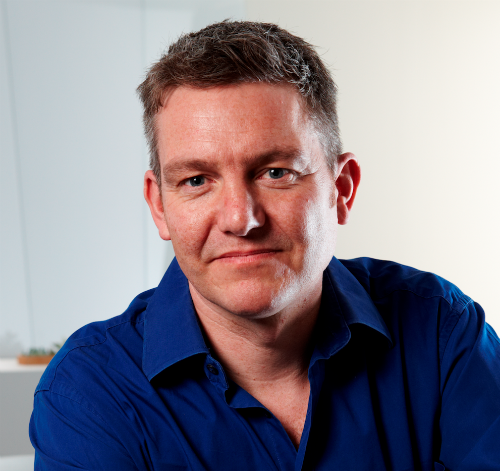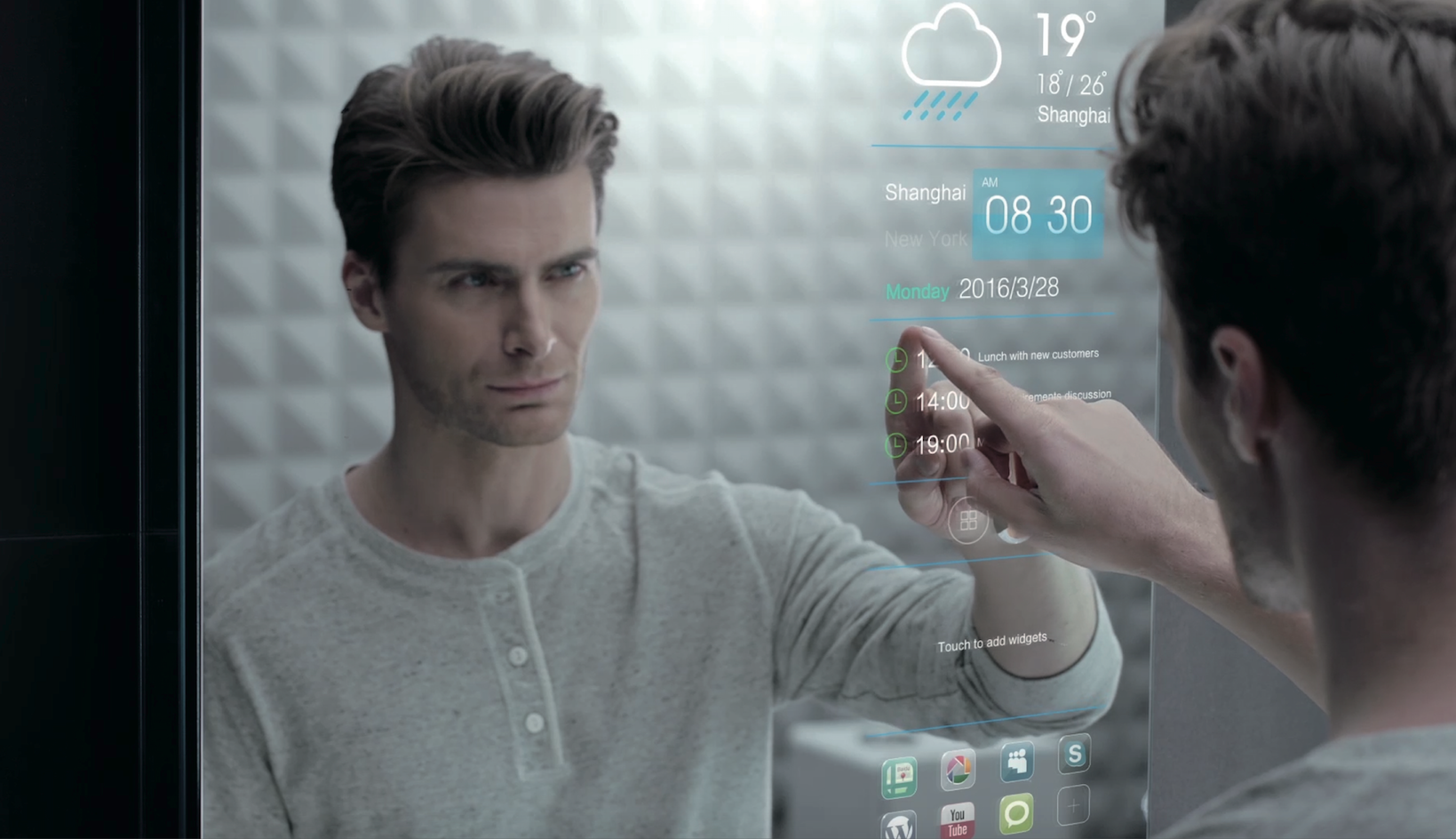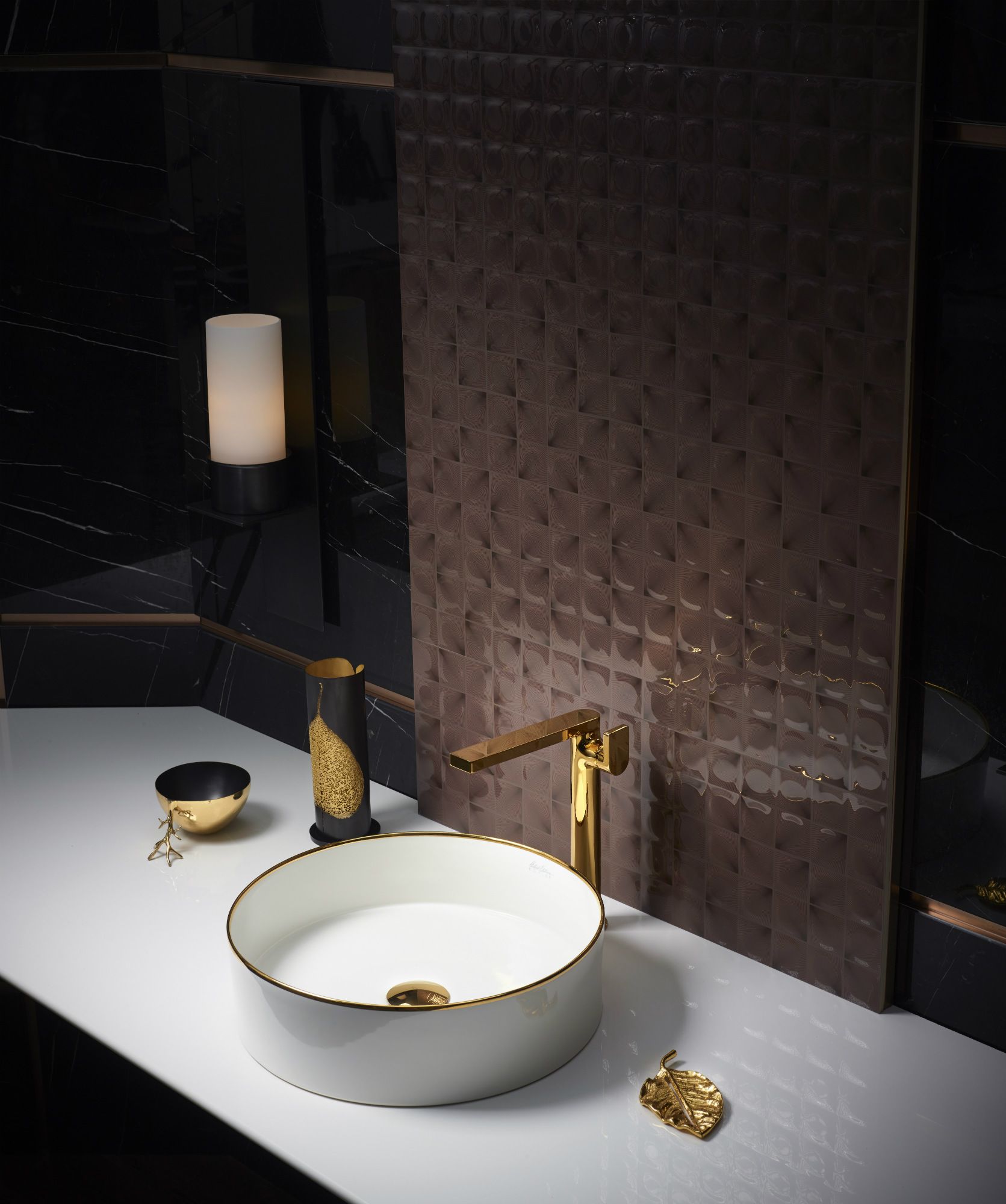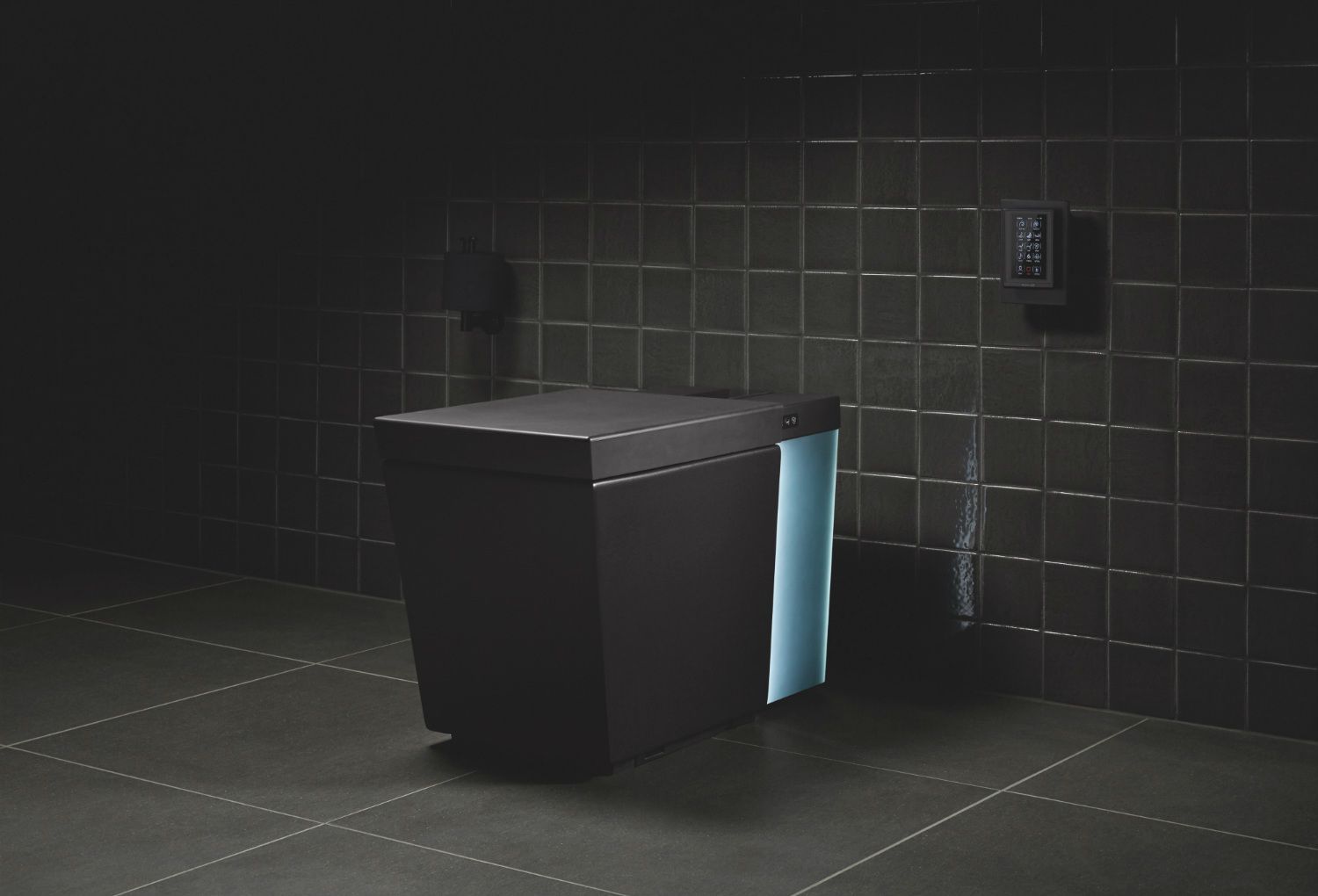How do you foresee bathrooms of the future to look like?
MB It’s that challenge to really address the needs of ageing, and to do it in beautiful ways. Too often, you may walk into a disabled bathroom and think that you don’t want to be here because it stigmatises you. To me, that’s a failure of design and it’s something we need to do better. What we mean to do is to create inclusivity, to design bathrooms that are good for any age. That is the challenge for bathroom designers, to make the space suitable for everyone.
"What we mean to do is to create inclusivity, to design bathrooms that are good for any age. That is the challenge for bathroom designers,to make the space suitable for everyone."
I think technology can help in many ways, taking away some of the ways you interact with objects that it frees you from mobility. There are also physical things about access such as getting into the shower or bathtub without slipping and falling. Things that can help with muscle stiffness; that’s all possible and we’re developing the next generation of products that can help with optimising your help. It has a safety aspect as well—to sense whether someone has fallen in the bathroom, or not moving.
Ultimately, sustainability will be a big issue, especially in cities with the pressure of consumption of water and electricity, and how you deal with the waste product. As a great example, there’s a toilet we’ve just designed called Modern life. When we were developing it, what became clear was that one of the biggest issues with the toilet and sustainability is not the energy and materials that go into making it, and it wasn’t water; it was the cleaning chemicals used to clean it. Those are potentially damaging to the environment and expensive to produce.
By designing the toilet with attention to how you clean it, you reduce the cleaning time by 75 per cent and reduce the requirement for chemicals by the same percentage. In that one change, we reduce the environmental footprint of the product four or five times more than we ever could have done by reducing the water volume a little bit more. It’s thinking that it’s not just the superficial things of reducing the amount of water, but looking deeper into the whole life cycle of the product.
(Related: The Circuitry Of Award-Winning Design)







